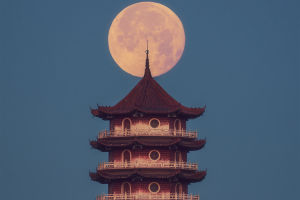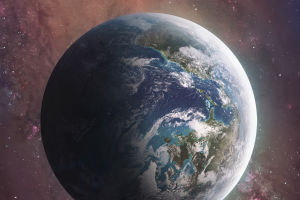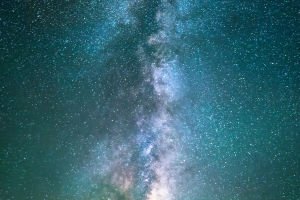In the vast expanse of the universe, there are thousands of galaxies of various sizes. When you gaze up at the night sky, you'll see beautiful stars winking at you, mysterious and fascinating. When it comes to the most stunning galaxies, which one comes to your mind?
1. Supernovae
Supernovae are explosions that some stars experience near the end of their life. These explosions are incredibly bright, and the sudden bursts of electromagnetic radiation can illuminate the entire galaxy in which they occur, lasting for weeks to months, or even years before fading. During this time, a supernova can emit as much radiant energy as the Sun does during its lifetime.
When a star explodes, it can disperse most, if not almost all, of its material outward at speeds as high as one-tenth the speed of light, radiating a surge of interstellar material into the surrounding area. This surge causes a shell-like structure of expanding gas and dust to form, called a supernova remnant. Supernovae are potentially powerful sources of galactic gravitational waves, and a significant proportion of primary cosmic rays come from supernovae.
2. Cat's Eye Nebula
The Cat's Eye Nebula is a planetary nebula located in the constellation Cepheus. It's one of the most complex nebulae known, and high-resolution images from the Hubble Space Telescope reveal unique kinks, columns, bubbles, and fibrous arcs. At its center is a bright, fiery star that lost its outer structure about 1000 years ago, giving rise to the Cat's Eye Nebula.
3. Large Spiral Galaxy NGC 123
The Grand Helix galaxy (NGC123) is an intriguing galaxy. During the formation of countless bright stars and black dust, large amounts of interstellar gas form spiral arms around the center. These arms are dotted with countless blue stars and dotted with dark bands of interstellar dust. Although the galaxy is challenging to see, billions of faint stars and vast amounts of interstellar gas can be seen through special equipment. They are massive and are the driving force inside the galaxy.
4. The Vortex of Houndstooth Galaxy
About 22 million light-years from Earth, the Vortex Galaxy in Canis Major (NGC 5194) is striking because it also has an accompanying yellow galaxy (NGC 5195) outside its spiral arms. It appears as if the former is pulling the latter, but in fact, the gravitational waves of the companion galaxy are compressing clouds of gas into the inner edge of the spiral galaxy's spiral arm, and these nebulae act as dark clouds. The dense nebulae allow the star-making motion to take place, creating pink star-forming regions.
5. The Eskimo Nebula
The Eskimo Nebula was discovered by astronomer William Herschel in 1787, about 2870 light-years from Earth in the constellation Gemini, and was nicknamed so because, when viewed from the ground, it looks like a human head carrying an Eskimo fur hood. In 2000, NASA's Hubble Space Telescope captured an image of it and found that the nebula has a very complex cloudy structure, the cause of which is still not fully understood.
Regardless, the Eskimo Nebula is a true planetary nebula, and the clouds in the image are the outer gas shells ejected 10,000 years ago by a star resembling the Sun. The inner filamentary structure of the nebula, clearly visible in the image, is the central stellar material ejected by strong stellar winds, while the outer disk-shaped region has many strange orange finger-like objects that are a light-year long.


